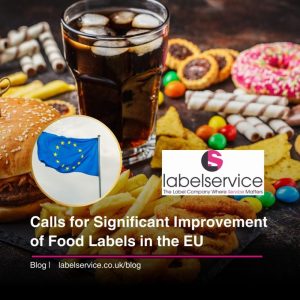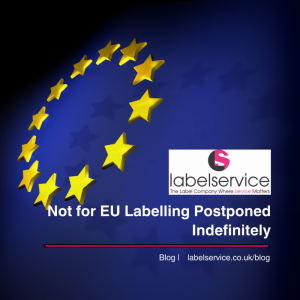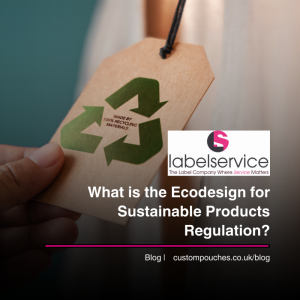Changes to food and drink labelling have a deadline of January 1st, 2021. The UK government has published guidance for food manufacturers, producers, retailers and suppliers on these changes to food labels and will continue to update the information when needed.
These changes will impact goods sold in the UK as well as goods exported to the EU. Ensure you check with your EU importer how the EU’s new labelling requirements will affect your products specifically. It is worth noting that food products placed on the EU market before 1 January 2020 can continue to be sold and distributed in the UK without labelling changes.
For exporting to the EU:
Pre-packaged food must have an EU address for the FBO (food business operator) on the packaging and/or label.
Products can only have the EU organic logo after 1 January 2021 if; (1) the UK control body is authorised by the UK to certify UK goods for export to the EU, or (2) the UK and the EU agree to recognise each others’ standards.
You must not use the EU emblem on goods produced in the UK from 1 January 2021 unless authorised by the EU.
On POAO (products of animal origin), the EU health and identification marks must be replaced with the UK health and identification marks.
UK food cannot be labelled as EU origin from 1 January 2021.
For selling goods in the UK:
EU health and identification marks can continue to be used on POAO produced and sold in the UK until 1 January 2021. After that date, UK products must use the new UK health and identification marks.
A UK address must be used for the FBO on pre-packaged food sold in the UK. If the FBO is not in the UK, you must include the address of your importer instead.
UK organic products can only have the EU organic logo after 1 January 2021 if; (1) the UK control body is authorised by the UK to certify UK goods for export to the EU, or (2) the UK and the EU agree to recognise each others’ standards.
Some foods, such as eggs, must be labelled with the specific country of origin, the must continue to be included from 1 January 2021. If the food is from a remaining member state, it can be labelled as EU origin. Any food produced in the UK must not be labelled as EU origin from 1 January 2021.
Eggs from non-EU countries that do not meet UK egg trade regulations must be labelled as ‘Non-UK standard’ rather than ‘Non-EC standard’.
When the label does not list each country of origin, for example on minced meat and mixed vegetables, references to the EU with the UK need to be changed. So, ‘origin EU and non-EU’ will become ‘origin UK and non-UK’.
If you are part of the Approved Trader Scheme, the EU emblem must be removed from UK food labels.
Beef and veal that was born and/or slaughtered outside of the UK should be labelled as ‘Origin: Non-UK’. If the origin country of the animal is not known, the product must be labelled ‘beef from a live import into the UK’ rather than into the EC.
Blended honey and olive oil must have each country of origin listed on the label, or state ‘blend of from more than one country’.
When it comes to GI (geographical indication) logos, the relevant UK logo must be used on the products. Logo use is optional for GI-protected wines and spirits. As of 1 January 2021 the government will set up its own GI schemes, and you will have 3 years from that date to adapt the relevant UK logo onto food and agricultural product packaging.
Contact us for more information and to get started on the design to incorporate these changes.
















